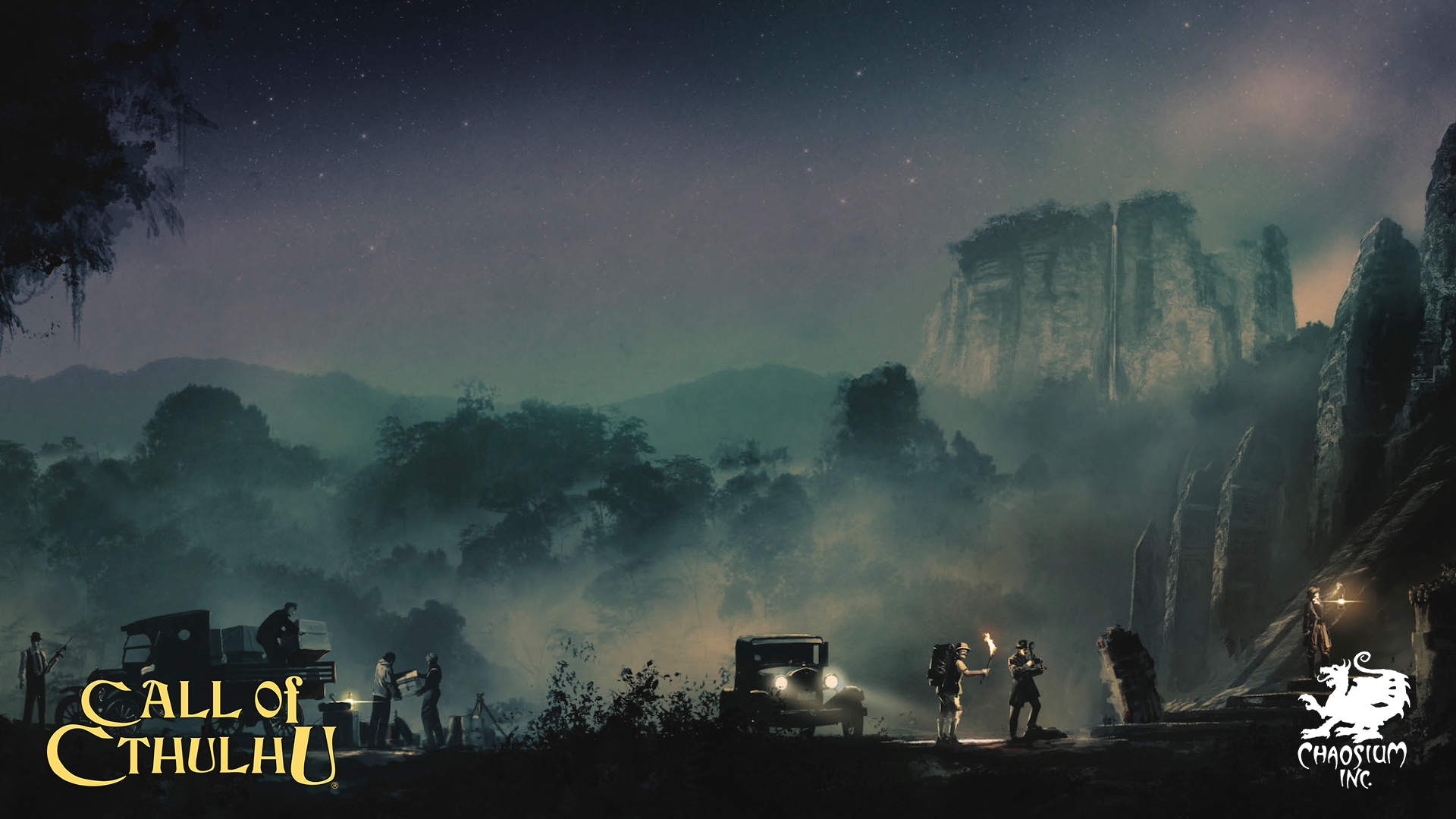

It would have been better if its existence had only been guessed at–perhaps in “old legends telling of a weird island that has since vanished”, or something along similar lines. The mere fact that anybody even found R’lyeh in the first place is a problem. With all this weighing on his mind, we come to the the adventure of Second Mate Johansen. Lovecraft builds up to the horror gradually, hinting and letting his narrator–and by extension, the reader–glimpse and guess rather than just outright explaining what Cthulhu is. Part of the problem of the last third of CoC is that the first two parts are so good. But then we have the last third… (I’m about to spoil the story, so be warned.) The opening paragraph is one of my favorite quotes in all literature. Well, to be fair, the first two-thirds of it are. The problem is, Call of Cthulhu isn’t a very good horror story. In fact, his Cthulhu creation may be more famous than he himself is, being a sort of shorthand for the ultimate evil in certain circles. The Call of Cthulhu is probably his single most famous work. Ironically, though Lovecraft wrote critical essays and letters asking for subtlety in horror fiction, his own stories often failed do this, and would clumsily reveal too much detail about his creatures.

The second half of The Whisperer in Darkness gives away a certain critical plot twist way too early. The Shadow Out of Time needed to have the middle third edited out. That said, his plots frequently aren’t as good as they could have been. Apart from his racial views–which are thankfully absent from most of his better stories–I like his writing, his evocative settings and memorable, unique monsters. Longtime readers may know that I, like most sci-fi/fantasy enthusiasts, enjoy the works of of H.P.


 0 kommentar(er)
0 kommentar(er)
